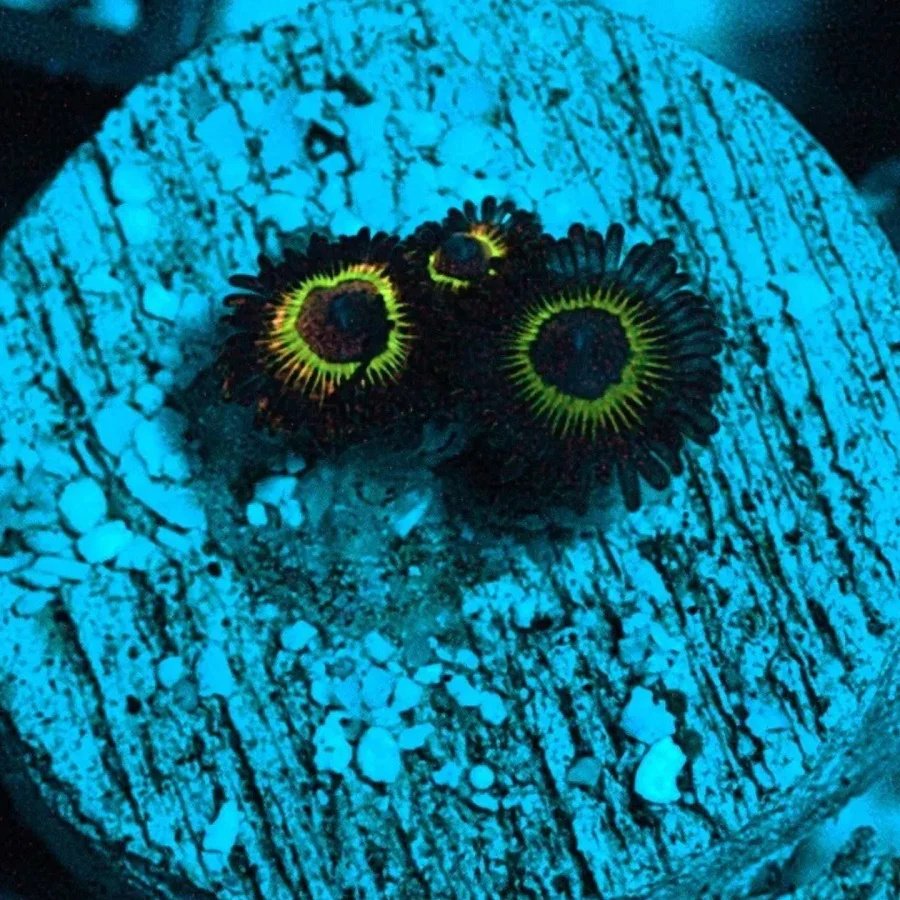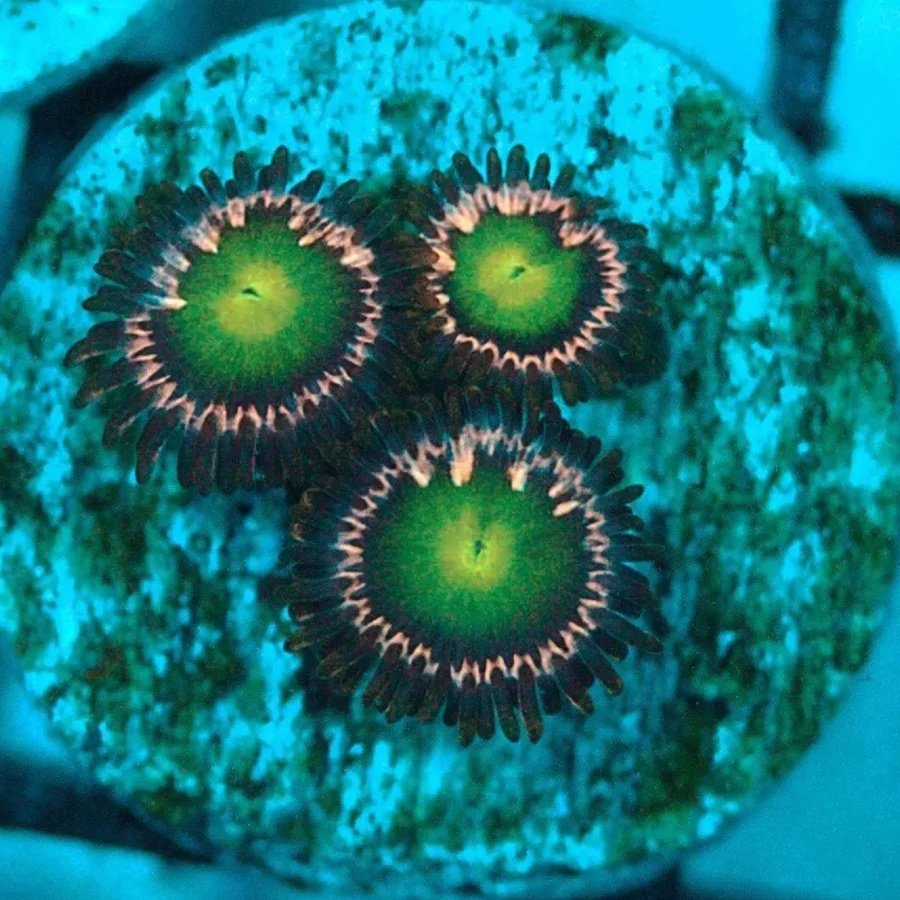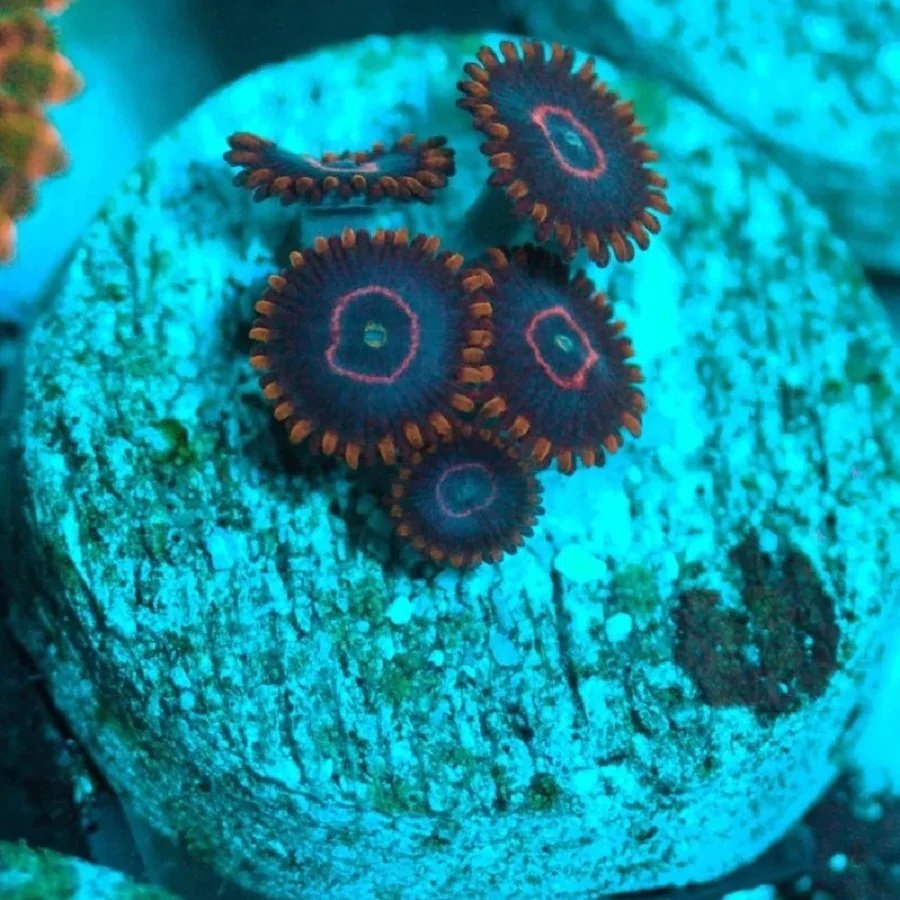More new WYSIWYG's online - This gives us an ideal opportunity to look at some of the types of corals.
More new WYSIWYG's online.
This gives us an ideal opportunity to look at some of the types of corals.
First of all another 28 more WYSIWYG’s now online.
Following on from a suggestion from Chris T (thank you Chris!), I’ve tried to add a bit more variety to the WYSIWYG’s this week. Up until now the WYSIWYG section has been mostly Zoas and Mushrooms, and the ocassional (and often only briefly) handful of SPS.
So following on from Chris’s advice (I do listen, I’m just very stubborn so it takes about 2 weeks to filter through lol), I’ve added much more variety to what’s on offer this week.
While some hobbyists will know what all these corals are, it can sometimes be a bit baffling, especially when you’re new to the hobby as there are seemingly endless types.
To give you an idea of the scale and variety of corals there are, in total on our website we have listings for around 2,000 types of coral (although not all of those are visible as many may be colours you cannot get anymore, and in some cases species of corals that cannot currently be imported into the UK). At a rough guess I’d say that’s probably only around 5% of the corals that are available in the hobby overall, if that. It might be nearer 1%!
Ignoring all of the different colours for now, and even the different species, let’s take a quick look at the different types at Genus (or the now redundant sub-Genus level), of just those in our WYSIWYG section at the moment, as these are some of the types you are most likely to see, and by restricting it to just the WYSIWYG ones that keeps it down to a manageable level.
Corals step by step
Let’s take a step by step approach.
While this isn’t going to be a definitive guide on how to keep corals, it’s probably of more use to those new to the hobby, so with that in mind let’s start with the easiest corals, and then work our way up from there.
Step 1 - Leather corals.
Leather corals are easier to keep than most other reef creatures, including most fish and inverts. If you’re new to corals, these are a great place to start.
Toadstools, one of the most common leather corals.
Leather corals come in a variety of different shapes and forms, but, all are super easy to keep. They’re not particularly fussy about water quality, lighting, and can survive almost any disasters!
Generally leather corals like lots of light and lots of flow, they will do best at the top of your reef.
Most types of leather corals are equally easy such as these.
Step 2 - Mushrooms
Most mushroom corals are just as easy to keep as leather corals, but, are generally much more colourful. It’s only really Yuma mushrooms that are a bit more picky.
Mushroom corals (unlike most corals) can move around. Generally they prefer slow to moderate flow and low light levels. Place them low down in your reef, and preferably in an area shaded by your rockwork. Don’t worry if they want more light they will move if they want too.
Mushroom corals are a great way to add colour to your reef.
Step 3 - Zoas and Palys
This Grandis Paly has heads that can be up to 50mm (2”) across!
Zoas and Palys are also very easy, but, they dislike being covered in algae, so wait until your reef has settled down before adding them. If necessary you can clean them gently, the best tool is a new childrens toothbrush. Although referred to as Zoas and Palys there are 6 (or more) overall types. Generally the larger the polyps are the easier they are to keep.
Generally Zoas and Palys like moderate flow and a reasonable amount of light, place them in the bottom half of your reef.
Zoas and Palys come in over 1,000 colours and types, and many hobbyists collect them. Whilst some are expensive many types can be bought for just a few pounds.
Zoas and Palys come in every colour imaginable. They can vary from as little as 50p per polyp up to £80 per polyp or more!
Be careful handling Zoas and Palys, they can contain Palytoxin which can be a danger to you.
Step 4 - Green Star Polyps (GSP).
As with Zoas and Palys, GSP have quite small polyps so make sure they don’t get buried in sand or covered in algae.
Green Star Polyps (GSP).
While most people think of GSP as just one type of coral, it actually comes in lots of colours and forms. We farm more than 40 different types of GSP in store.
Generally GSP likes lots of light and lots of flow. Place it in high flow areas of your tank where it will catch plenty of light such as near the top of your reef, or on rockwork that sticks out into the flow.
GSP comes in lots of different forms. It’s especially noticeable when they are seen side by side.
These are just 4 of the 40 types we farm in store, some types we have aren’t even green!
Step 5 - Other soft corals
Clove polyps.
There are a huge variety of other types of soft corals you can keep too. Two of the most popular ones we stock are Clove polyps and Blue Sympodium. Both of these like moderate flow and moderate light. They generally do best somewhere in the bottom half of your reef.
Blue Sympodium.
Step 6 - SPS (Small Polyp Stony corals).
Green Stylo one of the easiest of the branching SPS corals.
Hard corals are generally referred to as SPS or LPS. This means Small Polyp Stony corals or Large Polyp Stony corals. There is no hard line between the two however, and so opinions differ with some corals as to whether they are SPS or LPS.
Generally SPS corals like lots of light and lots of flow, whereas LPS prefer less light and less flow.
SPS usually grow very fast, faster in fact than most soft corals. LPS usually grow very slowly indeed.
While most people think of SPS as mostly branching corals like this Green Stylo, you get encrusting and plating types too.
A branching form of Montipora.
A plating Montipora, this will grow outwards from the rockwork like a shelf.
An encrusting Montipora, this will grow over the surface of the rocks like a layer of thick paint.
There is a huge variety of shapes and colours of SPS corals.
Step 7 - LPS corals (Large Polyp Stony corals).
Cyphastrea, one of the easiest LPS corals. Although I regard Cyphastrea as LPS, opinions are divided and it is often referred to as SPS.
LPS includes many popular corals such as Torch corals. Whilst it is true that many SPS corals (especially wild Acropora sp. are very challenging to keep compared to most other corals, there are many easy SPS corals too. Generally most LPS corals are not very tolerant. They need stable salinity, low nitrates, and good phosphate control. Of all the types of corals generally all the most expensive corals tend to be LPS, but, not all LPS are expensive, and you can sometimes pick up some small pieces for less than £20.
LPS comes in many colours and forms.
Thanks for reading :)
Hopefully this has inspired you to try some new types of corals in your reef. Collecting corals can be very addictive! I’ve been keeping marines for 37 years now and the main attraction has been the huge variety of creatures you can keep in a simple glass box, although that is also perhaps the biggest danger in the hobby too, as I just can’t stop myself from buying yet more corals!
All of the individual corals in this blog are currently available on our WYSIWYG page.
PS WYSIWYG means What You See Is What You Get, meaning the coral you see in the photo is the actual specimen you will receive.
Thanks for reading :)
James
James Goodchild, Salty Revolution. - I just can’t stop buying more corals!.












































Cut off for new orders on LPS corals is 11:59pm tonight!